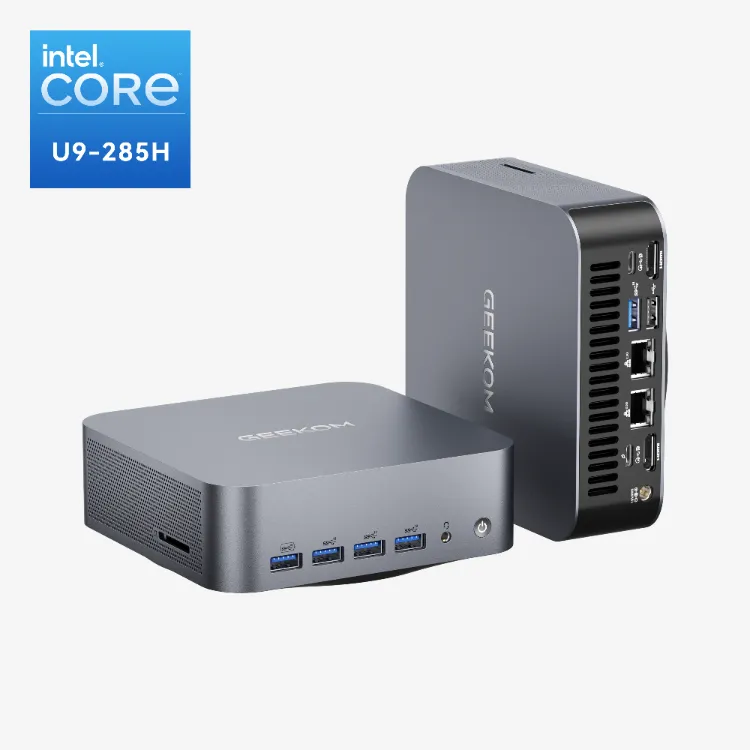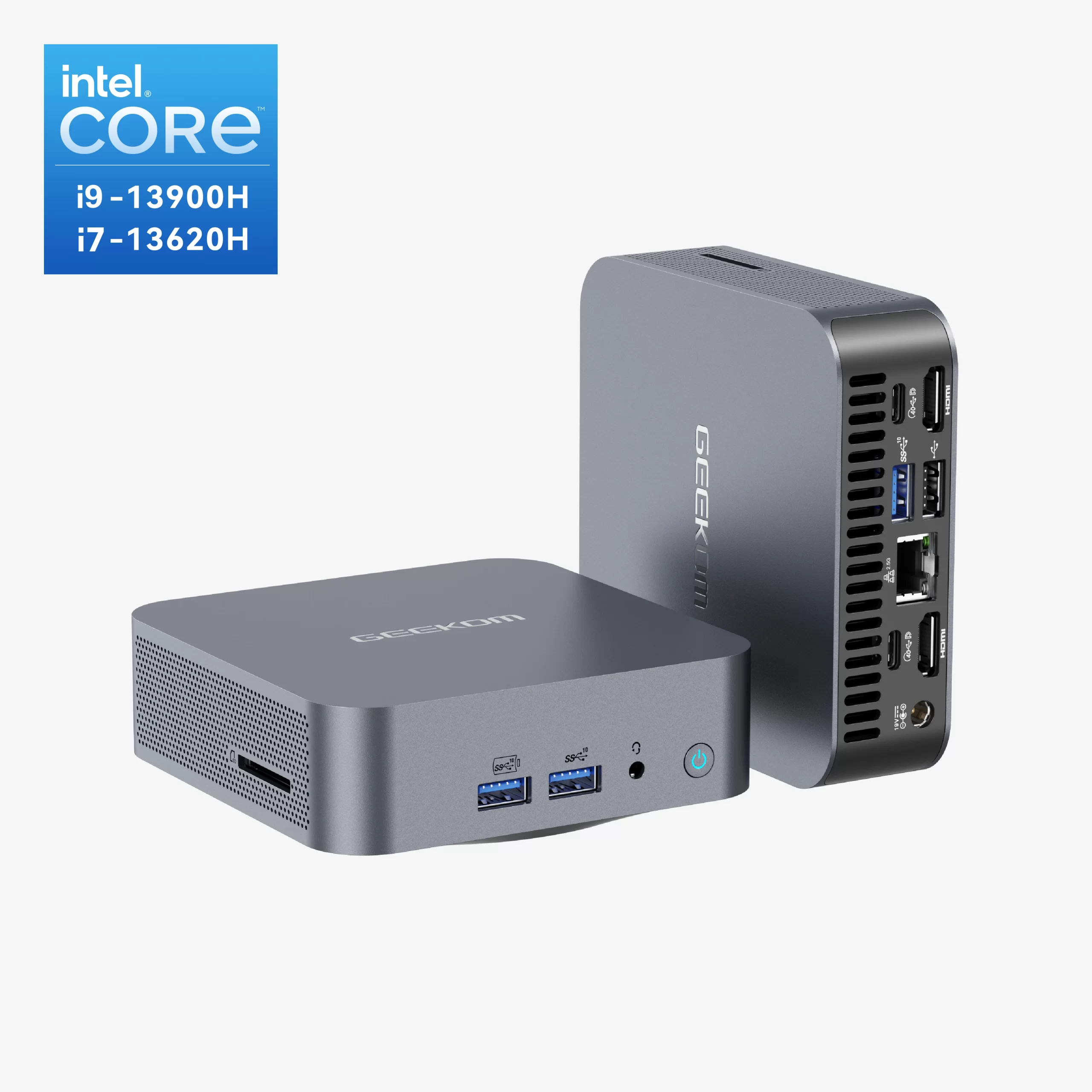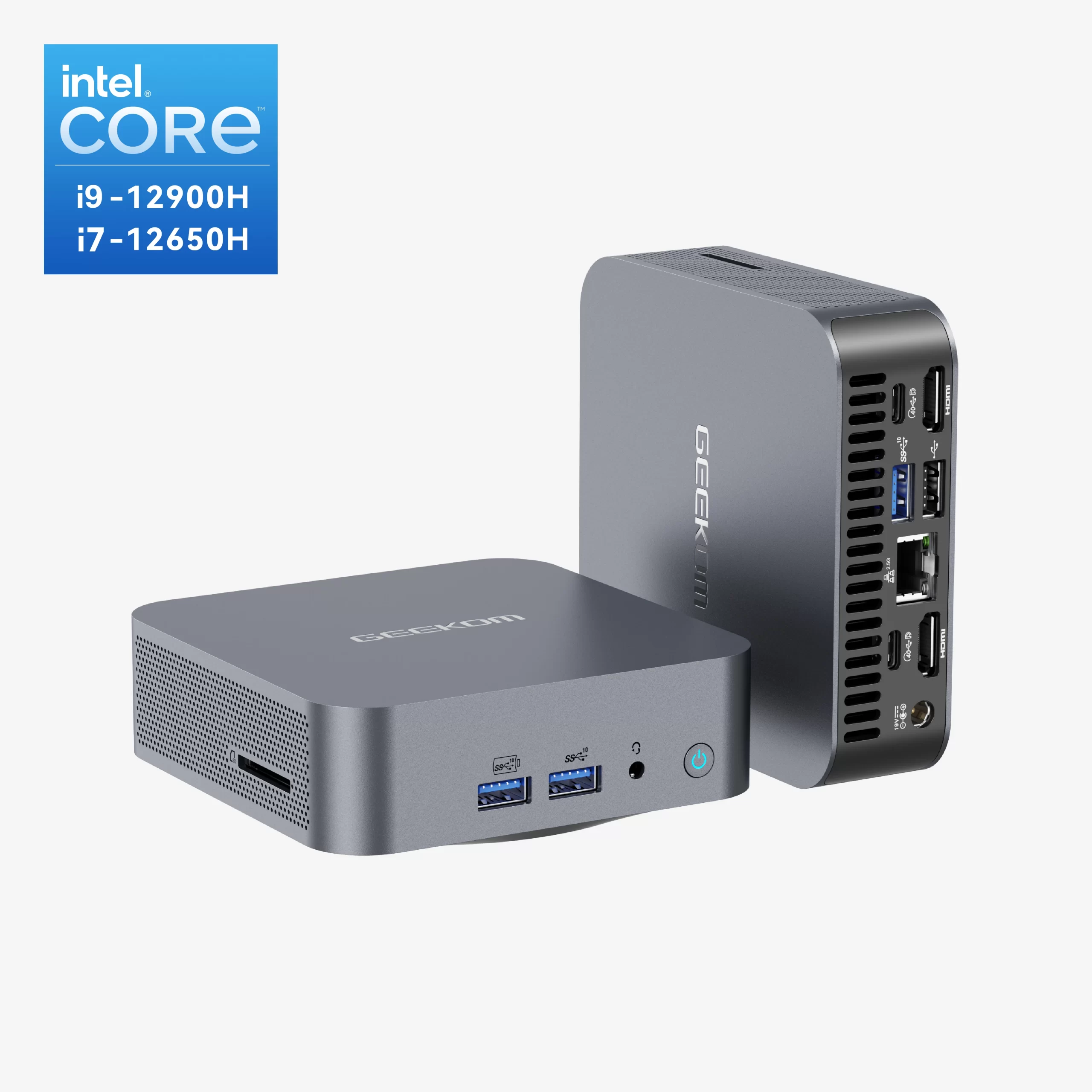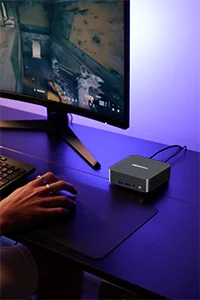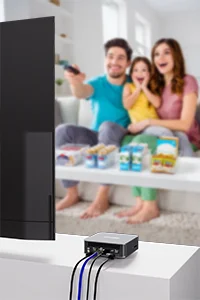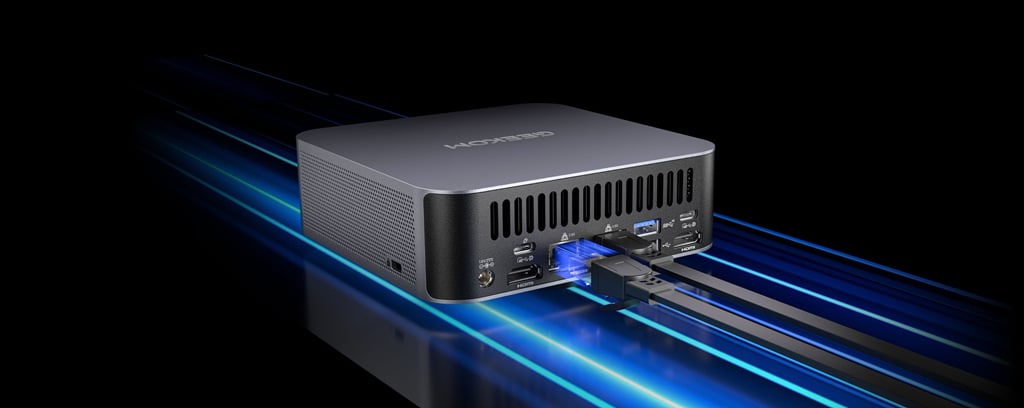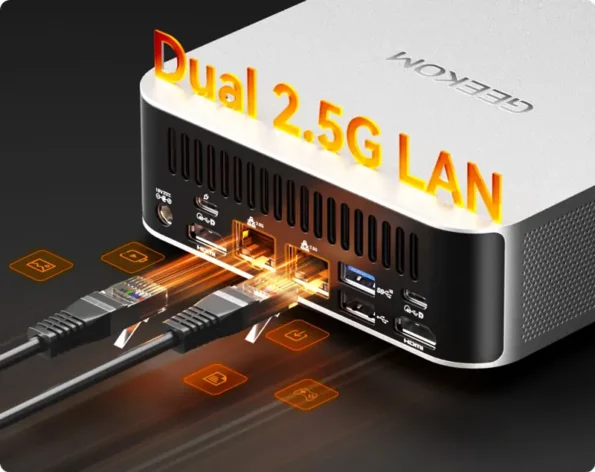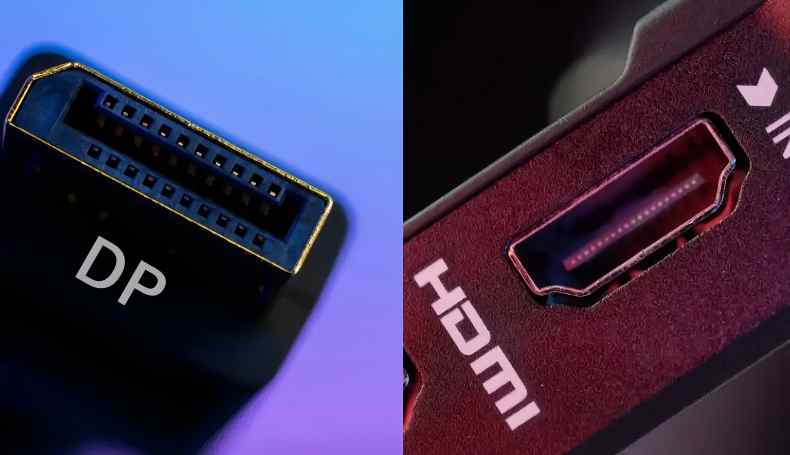The term RJ45 might not mean anything to you, yet there’s a good chance you’ve already handled a cable of this type. And for good reason—the RJ45 connector has now established itself as the standard for network connections. This is true for both residential and professional environments. However, it’s not always easy to find your way around.
Faced with the complexity of existing standards and cable types, this guide aims to demystify the RJ45, explain its practical uses, and help you choose the cable best suited to your needs.
What is an RJ45 connector?
Before choosing an RJ45 cable, you need to know what it is. The RJ45 connector, commonly used in computer networks, is an 8P8C type connector. This means 8 positions and 8 contacts. Thanks to this, it enables high-speed data transmission, particularly in Ethernet networks. This is why the RJ45 cable is commonly called an “Ethernet socket” or “network socket”.
It’s important to emphasise that the term “RJ” stands for “Registered Jack”. This is an American standard that designates standardised communication interfaces. It’s not uncommon to see the RJ45 connector confused with the RJ11 (used for fixed telephony). However, the latter only has 6 positions and between 2 and 4 contacts. It is therefore not compatible with modern network uses.
The RJ45 socket has become the universal standard for computer cabling, Internet connections, and also for certain television or telephone uses. Particularly in VDI (Voice-Data-Images) installations. Whether in a domestic or professional environment, the RJ45 cable is an essential element of current network installations.
What is an RJ45 cable used for?
An RJ45 cable has several uses. Its main purpose is to enable high-speed data transmission. More particularly in Internet connections and local area networks (LANs).
But the RJ45 socket also plays a major role in VDI installations (i.e., Voice-Data-Images installations). RJ45 ensures unified distribution of digital signals.
It’s not uncommon to compare the use of Wi-Fi with the use of an RJ45 connector. So how do they compare? Compared to Wi-Fi, RJ45 offers a more stable connection, more consistent throughput, and better security. With an RJ45 socket, the risks of hacking and interference are more limited.
Many modern devices now incorporate an RJ45 port to guarantee a stable and high-performance network connection. For example, GEEKOM Mini PCs such as the IT13 model are equipped with an Intel® 10/100/1000/2500 Mbps RJ45 Ethernet port. This not only allows perfect compatibility with high-speed wired networks, but also smooth use in professional environments requiring high bandwidth, such as remote working, online gaming, or 4K content streaming. Thanks to this type of port, users benefit from a fast, secure, and latency-free network connection.
The different types of RJ45 cables
Several types of RJ45 cables are available on the market. Here’s an overview of the types and their specific uses:
- Straight cable: used to connect your device (console, printer, computer) to your network equipment (router, router, or switch)
- Crossover cable: this type of RJ45 cable allows you to directly connect two similar devices (for example, two computers). You then don’t need to go through a switch.
Besides the various cable types, there are also different cabling standards. Two main standards are distinguished: T568A (generally used in residential installations) and T568B (more common in professional environments).
Finally, to facilitate installation, the RJ45 cable uses a colour code. It’s essential to respect this to ensure the connection is reliable and to avoid transmission errors.
RJ45 cable categories: how to choose?
Now that you know what an RJ45 cable is used for, discover the different categories as well as the essential criteria to analyse when making your choice.
What are the categories?
RJ45 cables are classified into 5 categories. Each category designates a specific performance level:
- Cat 5e: these cables can support speeds up to 1Gbit/s over a maximum distance of 100 metres. This type of RJ45 connector is largely sufficient for standard domestic use.
- Cat 6: for speeds of up to 10 Gbit/s over short distances (55 metres maximum). This category is particularly suited to professional environments.
- Cat 6a: this type of RJ45 cable offers better performance at 10 Gbit/s over distances of up to 100 metres. This RJ45 category also offers enhanced shielding to combat interference.
- Cat 7 and Cat 8: these categories are designed for very high speeds and critical applications. They are particularly suitable for data centres as they include complete shielding and provide very good signal isolation.
Criteria to consider
To choose the best type of RJ45 cable according to your needs, various criteria matter:
- Required throughput: the higher the throughput you need, the higher the category must also be
- Installation environment: if the installation site is exposed to interference, you must opt for an RJ45 connector with significant shielding
- Budget: obviously, the higher the category of RJ45 cable you choose, the higher the price. So remember to carefully analyse your needs.
Finally, you should know that the length of the RJ45 cable has an influence on performance. Beyond certain distances, the signal can lose strength, even with a high-category RJ45.
RJ45 cable shielding: why is it important?
To protect your installation against electromagnetic interference (EMI) that can disrupt the signal, shielding is important. You’ll have a choice between several types of shielding for your RJ45 cable:
- U/UTP: unshielded cable, suitable for quiet environments
- F/UTP: general shielding with a foil around the pairs
- F/FTP: individual shielding of each pair and general shielding
- S/FTP: shielding of each pair and braided shielding. Perfect for maximum protection.
The choice of shielding depends primarily on the environment. If there are many cables or electrical devices around, it’s advisable to opt for a shielded RJ45 cable.
Choosing the right shielding will allow you to avoid interference and maintain a good signal.
The RJ45 socket in modern housing
In new housing, it’s common to see the RJ45 socket replace the traditional T socket. And for good reason—RJ45 better meets current connectivity needs. This evolution is particularly governed by the NF C 15-100 standard. This requires the installation of RJ45 connectors to ensure secure and high-performance networks.
How does this work? It’s very simple. The RJ45 socket connects each socket to the central communication cabinet. This facilitates the distribution of multimedia signals (Internet, television, telephony) throughout the home.
Using an RJ45 cable offers numerous advantages:
- Standardisation of connections across all devices
- Scalability thanks to its flexible structure
- Compatibility with home automation. This can enable you to have an intelligent and connected home.
It’s for all these reasons that the RJ45 socket is one of the key elements of a modern home.
This is why compact and high-performance devices like GEEKOM Mini PCs find their place perfectly. The GEEKOM A8 Max has dual RJ45 2.5G ports. This innovative feature allows the device to serve as a lightweight NAS or a software router, providing reliable connectivity and additional utility for both home and office environments. Perfect for those who demand more from their tech, this mini PC offers the flexibility to handle complex network tasks effortlessly.
GEEKOM A8 Max Mini PC
- AMD Ryzen™ 9 8945HS or Ryzen™ 7 8845HS.
- AMD Radeon™ Graphics 780M.
- Dual-channel DDR5 5600MT/s, up to 64GB.
- M.2 2280 PCIe 4.0 ×4 SSD, up to 2TB.
- Dual 2.5G Ethernet ports, Wi-Fi 6E and Bluetooth® 5.2.
- Pre-installed with Windows 11 Pro, ready to use.
Power supply via RJ45 (PoE)
Power supply via RJ45 uses PoE (Power over Ethernet). This allows simultaneous transmission of data and electricity through a single RJ45 cable. Such technology simplifies installation since it’s no longer necessary to run two different cables.
PoE is used to power numerous pieces of equipment. Such as IP cameras, VoIP phones, and Wi-Fi access points. Particularly in intelligent buildings and professional environments.
This system presents a number of advantages, including:
- Reduced installation costs
- Greater flexibility in device positioning
- Simplified maintenance thanks to centralised power supply
Installation and maintenance of RJ45 cables
Now that you know what an RJ45 cable is used for and how to choose one, let’s look at how to install and maintain it. Installation involves several stages: stripping the cable, connecting the wires according to the colour code (T568A or T568B standards), and finally crimping using a suitable tool.
If you wish to install your RJ45 cable yourself, you’ll need to have certain tools available. Particularly a screwdriver, crimping pliers, and a cable tester.
For your cabling to be neat and efficient, it’s recommended to respect the indicated lengths, avoid excessive twisting, and maintain an orderly routing of the various cables around.
Finally, for a stable connection, you must regularly carry out maintenance. Remember to check connections from time to time and replace damaged or worn cables.
Conclusion
In summary, the versatility and performance of RJ45 make it an essential element for having a reliable network connection. For a durable and stable installation, it’s important to choose the RJ45 cable carefully, taking into account throughput and shielding. As technology is constantly evolving, speeds will certainly continue to increase, increasingly integrating home automation. Choosing RJ45 installations today means choosing optimal, stable connectivity for future uses.





